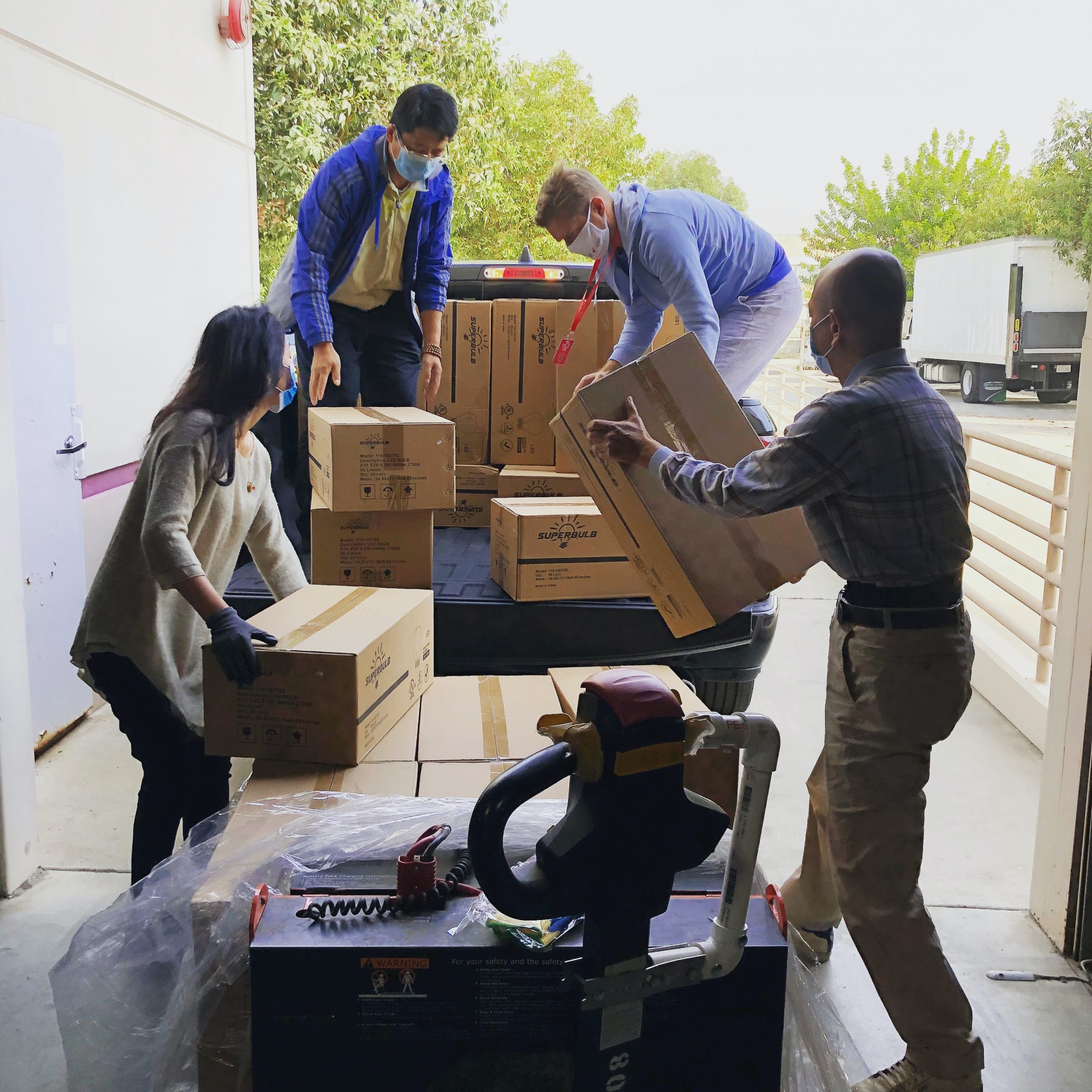D2C: Personalizing the last mile – How to get it right

Part 3 of our series of articles about D2C explores how you can personalize your Direct-to-Consumer last mile.
Take a look at part one, where we introduce D2C and explain why some brands have embraced this as their only e-commerce channel,. After that, click through to part two, where we delve into the ways that you can add direct-to-consumer to your e-commerce proposition.
Many brands are making the shift towards a direct-to-consumer model and for good reason. But, a smaller supply chain means greater responsibility. Where should eCommerce companies start when it comes to optimizing their crucial last mile? And what’s at stake if they don’t?
Make it real
We’ve all been a customer wronged. The story goes something like this: you order a new pair of shoes online from a brand you like, two weeks before your holiday. At the checkout, the delivery options are limited and the delivery times are unclear or generic, so you opt for the best-known international carrier.
A week later, you receive an email. Your order will arrive today to your home address, between 9 am – 5 pm… Not ideal given you are at work all day. You get home at 5.30 pm to find the delivery note.
‘Sorry, we missed you’ seems a little insincere given they never asked for your delivery preferences in the first place.
You rearrange your life over the next few days to accommodate a trip to the post office so you can collect your shoes during opening hours. Eventually you get there, but something is missing. That inherent feeling of excitement in ordering and receiving something you love is tainted by the trouble you took to get it from the brand you trusted.
Poor delivery experience can plague your brand’s reputation. An exceptional delivery experience can incrementally increase customer satisfaction rates and see an improvement in lifetime value.
For e-commerce companies, a personal, reliable experience online is a core focus. But the last-mile of the supply chain, traditionally handled by retailers, is equally important.
2019 research found that:
- Retailers see delivery as a competitive advantage: +85% of retailers who work with multiple carriers are satisfied with service and the competitiveness of their deal, where those who work with third-parties are less likely to be satisfied.
- Companies are ready to invest in delivery: 41% are looking to adopt a greener focus for the last mile, and 69% see gains to be made in tailored customer service surrounding delivery.
- Parcel tracking is a must to provide greater service: of the 90% of overall respondents that believe they have good visibility over tracking, 97% work with carriers directly.
How the D2C supply chain should look
D2C delivery is fairly clear.
If your brand is currently somewhere in transit between wholesale and direct-to-consumer business models, the logistics of the last-mile seem difficult and confusing. After all, you’re used to shipping multiple parcels to one or a few retailers in your chosen markets. There are few moving parts to facilitate, and the expectations for this direct-to-business transfer are clear.
Customers are different. In their many-thousands or millions, they expect delivery options that are not only localized but specifically cater to their individual needs.

Understanding your customers’ preferences
For instance, leaving a parcel with a neighbour in Belgium is a cultural faux pas. In the UK, some consumers often choose for deliveries to be left on the porch, in the shed or behind the blue bins as instructed. In the Netherlands meanwhile, this is a no-no… But weekend and evening deliveries are popular options.
This preference varies from person-to-person just as it does from place-to-place. Fran the millennial may work flexible hours at a cool cafe nearby and wants to click-and-collect at her convenience. Mrs. Davis, however, is 85 and at home all day. She will be waiting for the delivery van at at her door.
The short answer to ‘how should D2C delivery look?’ is therefore non-existent. Every delivery journey is different, and as a brand you should be prepared to cater to all of those journeys.
A more pressing question is, ‘what’s the point in personalizing the online customer experience, if the way it reaches their doorstep doesn’t match expectations?’
It’s all in setting clear priorities, and making small shifts in carrier management and delivery experience by customer segment.
Sounds great! So how can I implement a personalized last-mile experience?
Paazl can improve your delivery strategy so you can boost your sales. Our multi-carrier shipping platform gives you access to thousands of global delivery options, ensuring that your customers never miss out on the final-mile brand experience that you promise them. Get in touch and we will be happy to tell you more about how we’re helping brands like G-Star RAW, TAG Heuer, Under Armour and Hunkemöller offer the best delivery experience possible.
Paazl is a leading shipping service provider (SSP) for brands & retailers in e-commerce. Its all-in-one, multi-carrier platform unburdens the delivery process across webshop, warehouse, customer service and returns. Paazl enables logistical flexibility, consumer loyalty, cost transparency and (inter)national growth. Customers include industry leaders such as G-Star Raw, Rituals, VanMoof, Tag Heuer, Leenbakker and Under Armour.

